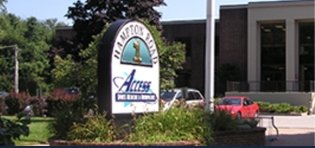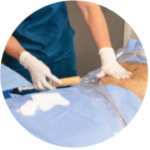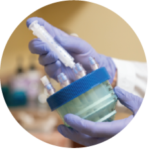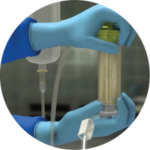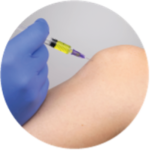Microfat: Healing From Within
Microfat is a way to use your body’s own healing abilities to ease pain, improve healing, and aid recovery after injuries, without adding synthetic materials or undergoing major surgery. Our team at Access Sports Medicine is trained in microfat techniques, helping you get back to your favorite activities faster and with less pain.
It’s usually well tolerated and produces excellent results.
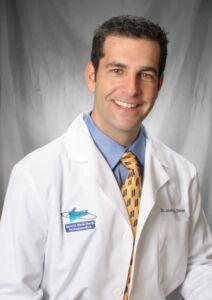
Many published studies demonstrate the safety and effectiveness of using your own body’s fat, processed into a substance called micro-fragmented adipose tissue, or in other words, microfat. Microfat is used in musculoskeletal medicine to treat many conditions, including joint pain, osteoarthritis, and tendinopathies.
Your own body is the only place to obtain tissue that contains enough viable cells to help heal your own musculoskeletal tissues. There are two places for this: autologous (your own) bone marrow aspirate (BMA) or autologous fat harvesting. Bone marrow aspiration tends to be more painful and has lower yields of many viable autologous cells than Microfat.
Adipose tissue (fat) is an excellent source of stromal cells, mesenchymal stem cells, vascular cells (pericytes), and endothelial cells. These cells support the body’s own repair process by binding to the injury site and releasing chemical messengers which help repair damaged tissue. Because these cells originate in your own body there is no risk of rejection and minimal risk of infection.
The FDA has cleared several methods for obtaining and processing fat into microfat. One is Lipogems and another is MiniTC. Both have been in clinical use for several years and both are made in the US.
The Microfat Procedure
The entire process takes about an hour or so and is done at our Auburn Surgery Center. (ASC) You are comfortable throughout, and although local anesthesia can be used, we have found better results with twilight anesthesia, which is a mild dose of sedation, not unlike a Colonoscopy.
At the ASC, the area (usually your belly, buttocks or thighs) will be cleaned with a surgical skin cleaner and injected with a local anesthetic saline solution. This solution numbs the area, makes the fat (adipose) easier to collect, and minimizes any under-skin bleeding.
We use liposuction through a small poke hole to harvest roughly twice the amount of fat we need and strive to ensure that symmetrical amounts are taken from each side of the body.
Next, a cannula (similar to an injection needle, but with larger holes to accommodate fat cell removal) is placed under the skin, and the adipose is gently withdrawn. Once we have harvested roughly twice the amount we need, the harvest sites are covered with a small gauze pad and an occlusive see-through plastic dressing to allow for showering later. No stitches are used unless necessary.
The aspirated fat is then processed in about 20 minutes using either the Lipogems or the MiniTC system. This gently washes the adipose with saline and separates and remove oils, anesthetic, and other debris while filtering and exposing the desired cells to best facilitate injury repair. These systems are closed loop and not exposed to the environment, so sterility is maintained throughout.
We then precisely inject your own microfat into the injury site with a small needle. Ultrasound may be used if needed. Band aids and sometimes a compressive dressing is used on the injected site and a compression dressing (like an ace bandage) may be used on the harvest site.
How Long is Recovery?
You may remove any bandages after three days. Avoid immersion in water for those three days. You may shower the day after the procedure.
You may use acetaminophen (Tylenol, Excedrin, etc.) for mild pain, but avoid NSAIDs (ibuprofen, aspirin, naproxen, etc.) for 1 week prior to microfat procedures and 3 weeks afterwards as they counteract the inflammatory effect of the procedure. You may use ice therapy on the liposuction harvest area as well as recipient areas if you wish.
Unless otherwise instructed by our staff, begin moving slowly through your full range of motion after three days. However, avoid specific activities that were painful prior to treatment for one full month.
If needed, physical therapy may start the day after the microfat injection. Pain reduction and gradual improvements in function should occur eight to twelve weeks after injection.
Is Microfat for You?
For a short introductory article about microfat and its uses, see https://jointechlabs.com/microfragmented-fat-and-its-uses or https://understandlipogems.com/amazing-power-of-fat/. For additional information about microfat and the processing systems I use, please see https://jointechlabs.com/consumers and https://understandlipogems.com.
Dr. Joshua Siegel was the first orthopaedic surgeon in the state to offer microfat and has the most experience with Lipogems and MiniTC Microfat procedures. This therapy helps patients recover from orthopedic issues in a less invasive manner than traditional surgery. Please make an appointment so we can determine whether microfat injections are right for you!
